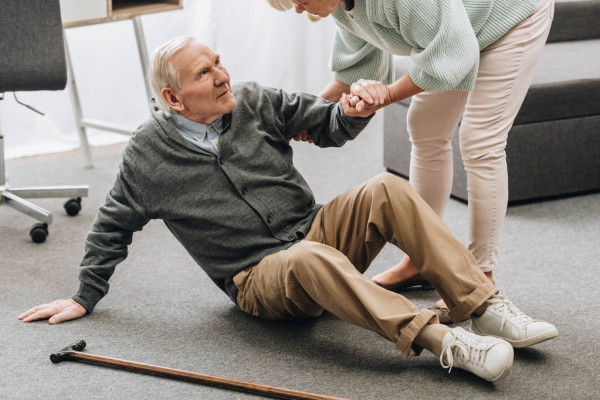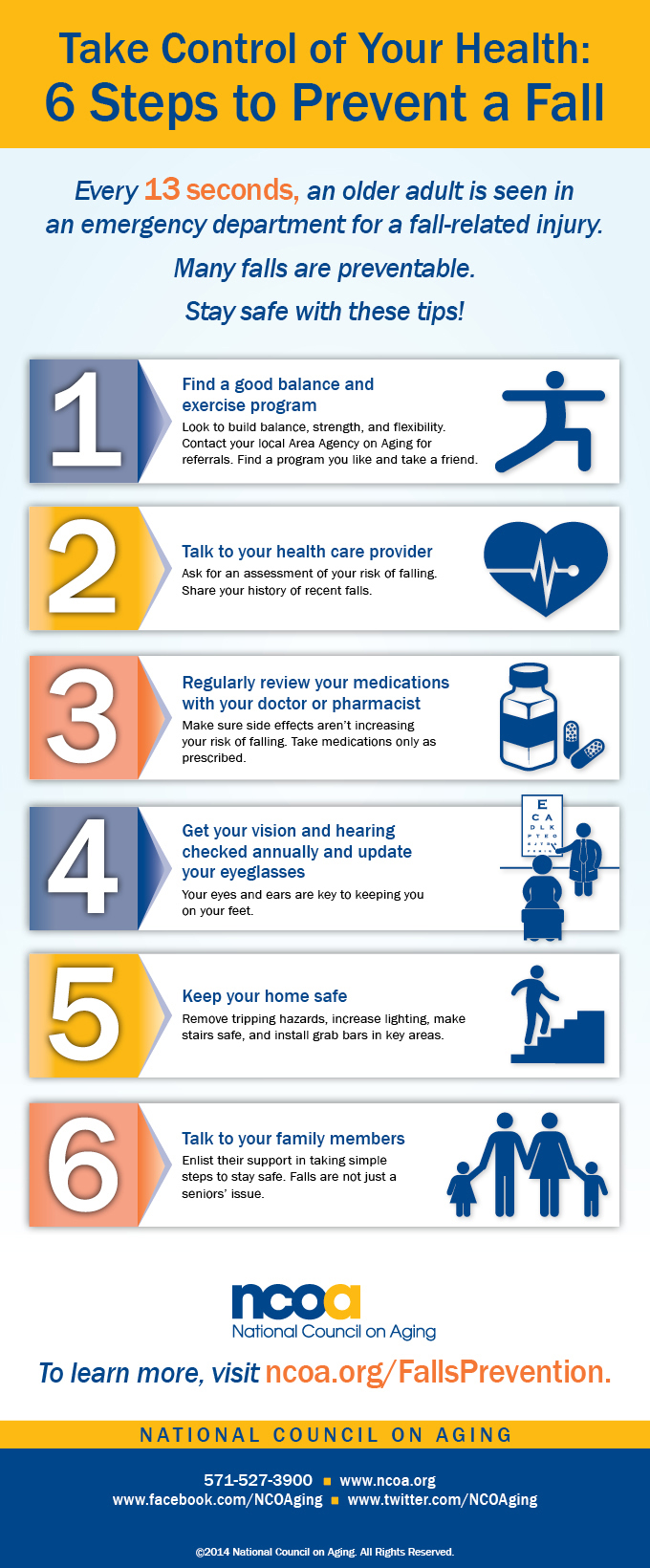Staying Safe during Falls Prevention Awareness Week
Written by Golda Kelli Ryan
The goal of National Falls Prevention Awareness Week is to prevent falls in older adults by increasing education, awareness, and providing interventions. According to the Center for Disease Control and Prevention, each year, over one in five older adults (65+) experiences a fall. The outcome results in serious injuries, such as broken bones, hip fractures, or head injuries. Falling can also result in expensive emergency room costs. The estimated cost of an emergency room fall is over $20,000. And according to estimates, by 2030, medical costs associated with falls will reach $54 billion.
In an effort to better understand who is at risk of falling, how to prevent falls, and how to handle them after they happen, we sought out Anne Maley, physical therapist, and creator of the course FIT – Functional Independence Training and Fall Prevention. With over 40 years of experience in rehabilitation in clinics and homes, Anne is the perfect person to lead this discussion. These key tips from the interview can assist you or a loved one in proactively preventing falls.
Who is at risk of falling?
- About 30% of people over the age of 60 will experience a fall and 50% of people over the age of 80 will experience a fall.
If you experience a fall what should you do?
- It is important to check different parts of your body when you fall to check for injuries before trying to get up.
- Find the closest piece of substantial furniture to assist with getting up.
- If you experience a fall in public you should not let anyone assist you until you have gone through a routine check of moving your body and checking your body for injuries.
- Always have a means of communication on your body at all times to ensure that you can call for help when you are by yourself.
“Always call 911 if you think you’re hurt.”
How can a fall be avoided or prevented?
- Stay active and walk. You can move your body by simply walking through your house.
- Pay close attention to your walking patterns such as shuffling. Shuffling can cause you to trip and fall.
- Maintain a good posture. It is important that your head is up and is level with your shoulders.
How does a fall impact your life?
- The “fear of falling” can cause a person to feel scared and it can make them not want to engage in activities. Some people will stay in a chair where they feel safe.
What steps can family members take to prevent their loved ones’ from falling?
- Examine the home and make sure it is safe.
- Be sure the steps are equipped with a rail or banister for support.
- Make sure there are no rugs on the floor that could cause them to slip.
- Ensure that the bathroom (where most of the falls happen) has grab bars installed by the toilet, area leading into the tub, and install raised toilets.
- Don’t leave extension cords across the floor.
“Looking at home safety is the biggest thing that a family could do for a loved one.”
As the most important takeaway from Fall Prevention Week, Anne urges you to “stay active.” It is vital for the public to be educated and aware of how to prevent falls. For more information about fall prevention check out these great resources provided by the CDC:
- Prevent Falls and Reduce Healthcare Spending Postcard
- Staying Safe with Falls Prevention Awareness Day
- Taking Steps to Prevent Falls Podcasts: Listen (0:59)(3:52)
- Older Adult Falls: CDC Feature Article
- Keeping Seniors Safe Podcasts: Listen (0:59) (3:50)
- Preventing Older Adult Falls and TBI Podcast: Listen (2:37)




